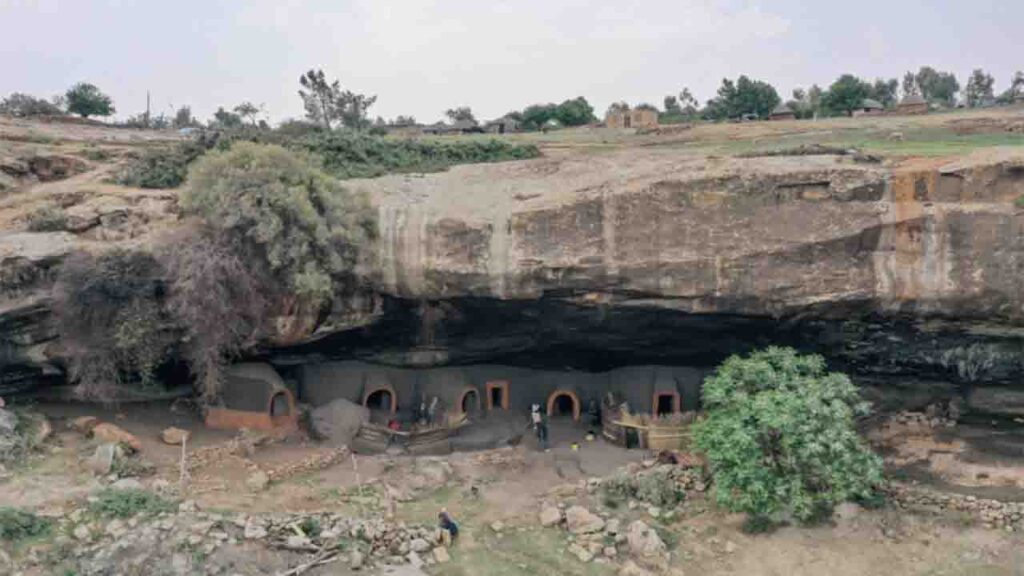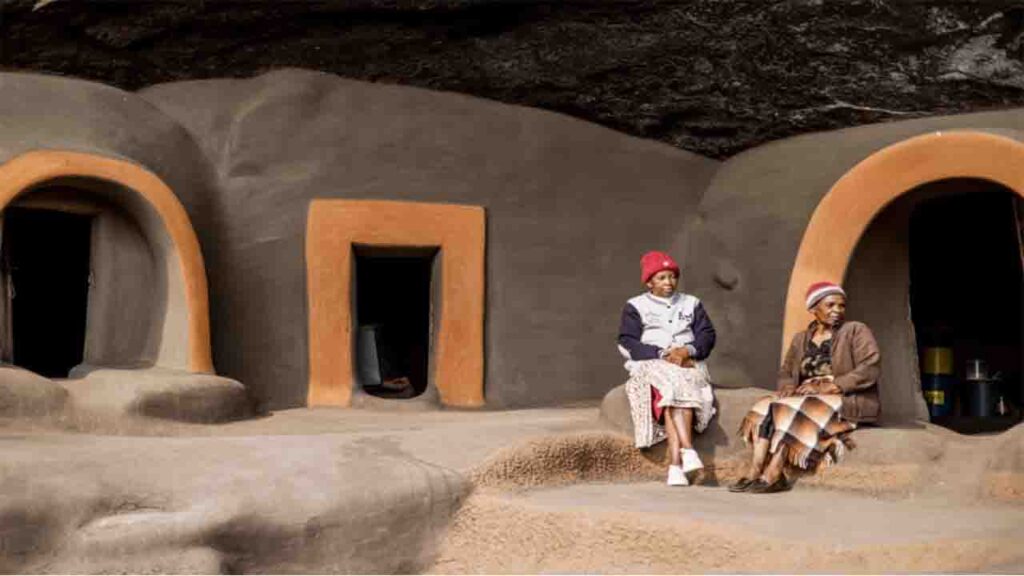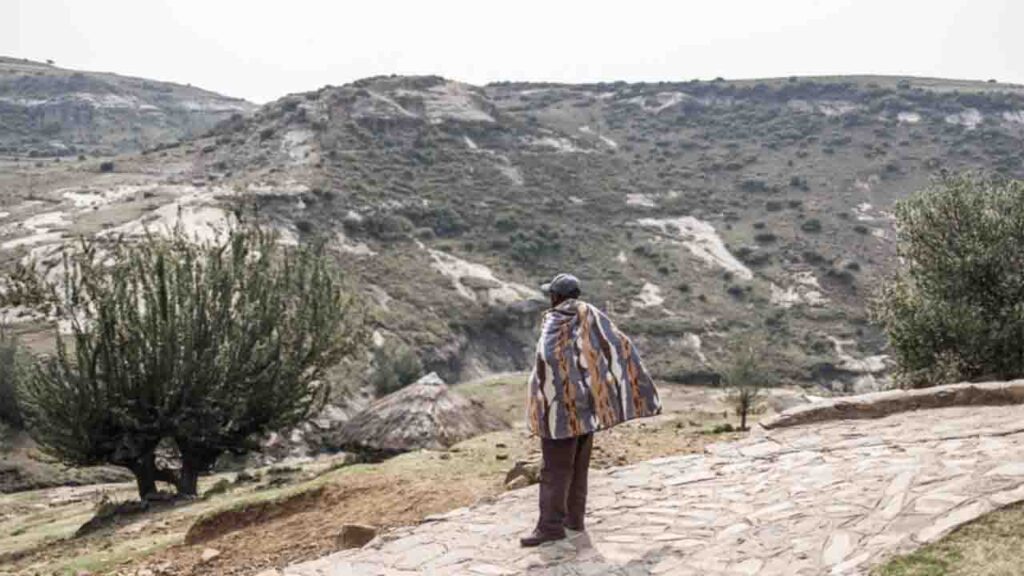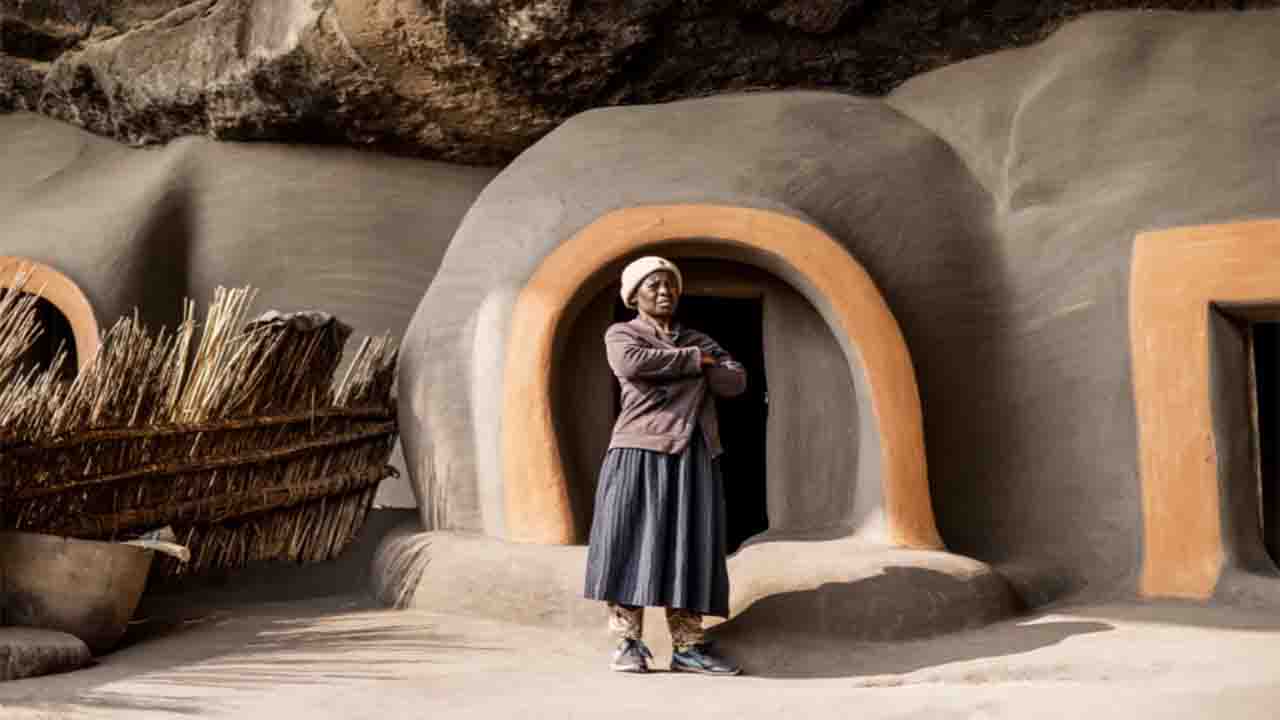Mateka, Lesotho (Commonwealth Union)_More than 1800 meters above sea level and not too far from the capital Maseru in Lesotho, atop a rocky mountain sits a beehive of caves, inhabited by tribal people from over 200 years ago. These are Lesotho’s last cave dwellers, the vestiges of the Baia and Bataung tribes who made these caves their home since the 19th century.

Today, the Kome Caves are home to a few dwellers, given that most have died and the younger generation has moved onto the hustle, bustle, and supposed prosperity of the city. The dimly-lit mud dwellings though not the urban dweller’s idea of luxury living, create a home for a small number of people who are very content with their trouble-free lifestyle.

The tribes initially sought shelter in the circular caves seeking shelter from conflict and cannibalism. But today, they are free, unharmed, and maintain their religious roots. It’s not uncommon to have some of them with rosaries adorning their necks and saying a prayer at whatever time of the day. They live on subsistence farming growing corn, sorghum, and beans, and raise chickens and cattle. It helps that the caves are surrounded by verdant pastures. Their meals are unfussed – the traditional corn porridge of ‘papa’ cooked in a black cast iron pot simmering over a wood fire.

The round houses back the basalt rock and have doorways shaped like arches, just high enough for a person to walk through. The walls and floors are covered in a blend of manure and mud, which are constantly refurbished. The dwellers themselves live simple lives. They sleep on a cowhide on the floor and have a few cooking pots and plastic buckets to store water. There’s no electricity, running water, internet, or mobile phone coverage, but the residents are not leaving their cave homes which holds a large part of their history.








